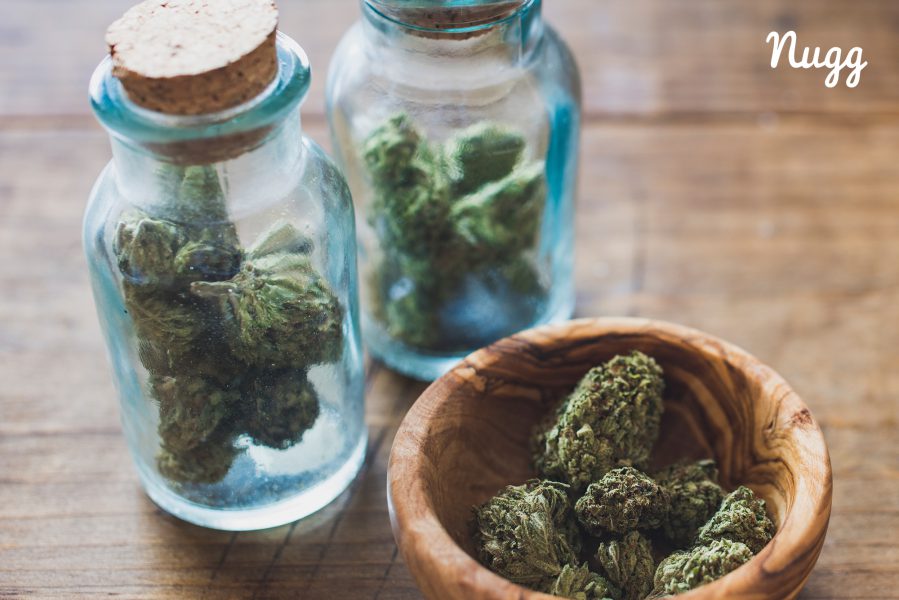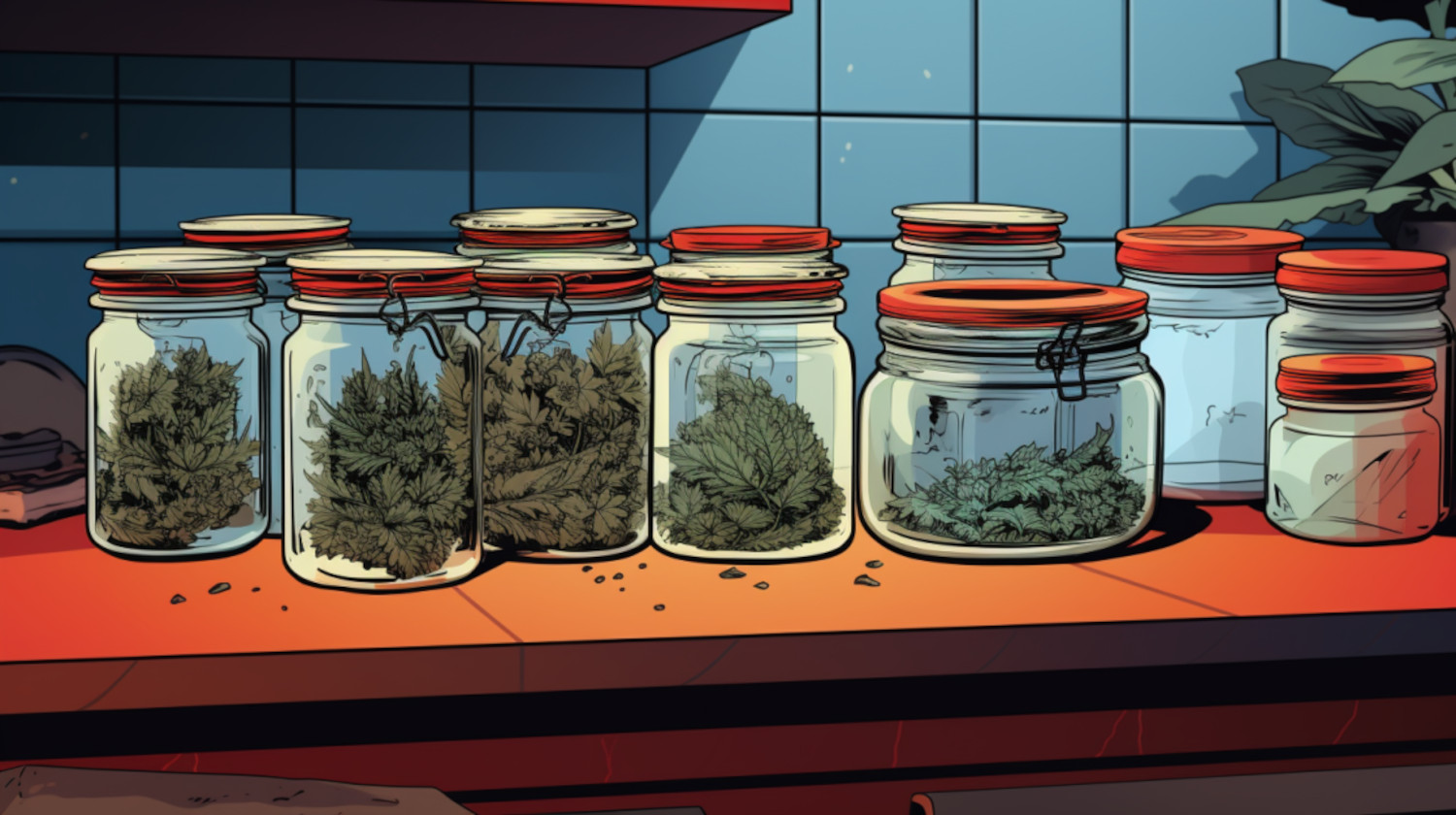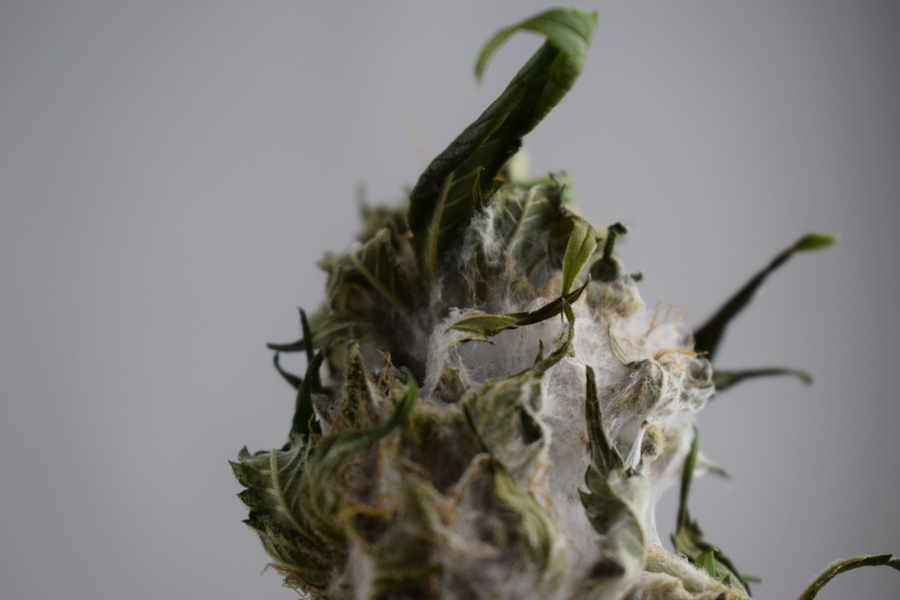In This Article
- Why Do You Need to Rehydrate Weed?
- What are the Effects of Overly Dried or Overly Damp Weed?
- How to Properly Rehydrate Weed
- Tip #1: Keep away from light and oxygen.
- Tip #2: Use a humidity pack.
- Tip #3: RAW Hydro Stones
- Tip #4: Use a damp paper towel or cotton ball.
- Tip #5: The fruit peel method.
- Tip #6: Add some fresh weed.
- Tip #7: Put lettuce in your devil’s lettuce.
- Tip #8: The bread slice or tortilla method.
- Conclusion
Key Takeaways
- Cannabis with the right moisture content offers better flavor, aroma, and a smoother burn.
- Overly dry buds lose terpenes and potency, while overly moist ones risk mold.
- Gentle, controlled rehydration methods like humidity packs, fruit peels, and lettuce are best.
into crumbly dust. Overly dry cannabis can be harsh to smoke, dull in flavor, and underwhelming in aroma.
The good news? You can bring it back to life. Rehydrating weed (the right way) can restore smoothness, enhance taste, and make your flower a pleasure to enjoy again. The trick is knowing how to rehydrate weed without overdoing it, inviting mold, or ruining its burn.
In this guide, we’ll cover why moisture matters, the risks of both too-dry and too-wet bud, and tried-and-true methods for safe, effective rehydration. We’ll also answer common questions along the way so you can revive your stash with confidence.
Why Do You Need to Rehydrate Weed?
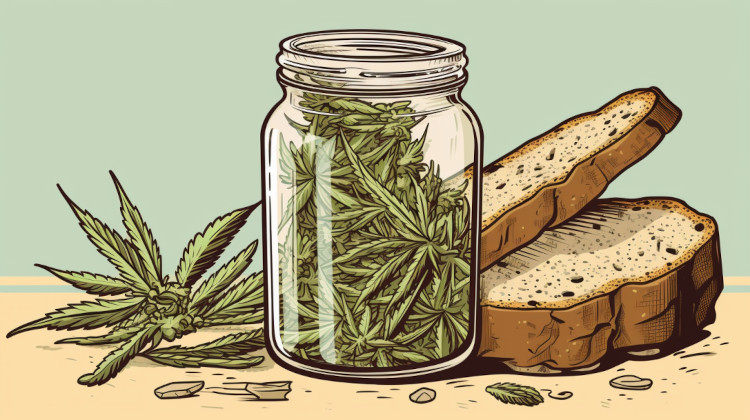
Cannabis plants, when harvested, are fresh and contain a lot of moisture. To dry this “wet weed,” growers follow specific drying and curing methods.
The most widely known method of drying cannabis flowers involves hanging the harvested and trimmed branches upside-down in a dark, enclosed, and well-ventilated area at between 60℉ and 65℉ and 50% to 60% humidity, typically for 5 to 10 days. This process helps the flowers dry correctly and prevents undesirable aromas and flavors.
During drying:
- Starches in the plant convert into “reducing sugars,” which further degrade into carbon dioxide and water.
- Chlorophyll, the pigment that gives cannabis its green color, also breaks down, along with the starches.
After drying, cannabis flower is often cured to:
- Remove any remaining unwanted chlorophyll.
- Reduce built-up salts.
- Dry the flower further so it can be stored longer without mold risk.
So, why rehydrate cannabis at all? Flower that becomes too dry can lose a significant portion of its terpenes, which reduces both aroma and flavor.
When cannabis retains the right moisture content, it:
- Helps preserve fragile terpenes within the trichomes.
- Offers a better smell and taste.
- Burns more smoothly without harshness.
If your bud is dry, flavorless, smells musty, or feels scratchy on the throat when inhaling, it may be time to rehydrate. Target moisture content should be about 10%-12% internally.
What are the Effects of Overly Dried or Overly Damp Weed?
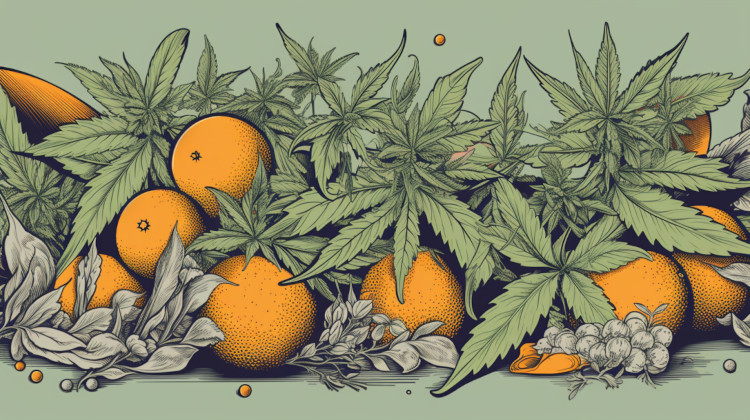
The moisture content of your cannabis makes or breaks the smoking experience. Too dry, and you lose flavor and potency. Too moist, and you risk mold, poor burns, and wasted product.
When weed is too dry:
- Loss of aroma and flavor: Terpenes and flavonoids are fragile and break down easily.
- Loss of potency: Cannabinoids degrade when exposed to oxygen and light over time.
- Harsher inhale: Dry cannabis can irritate the throat and lungs, causing more coughing.
When weed is too moist:
- Mold and pathogen risk: High moisture encourages harmful growth. Inhaling these toxins can make breathing difficult and may lead to infections.
- Difficult to grind: Wet buds are sticky and hard to break apart.
- Poor burn: Moist flower may not light well or burn evenly.
- Extra weight, same price: You may be paying for water weight instead of smokable flower.
Finding that middle ground is key. Properly dried cannabis can keep it fresh longer. That means it keeps its flavor, potency, and smoothness while avoiding the risks that come with excess moisture.
How to Properly Rehydrate Weed
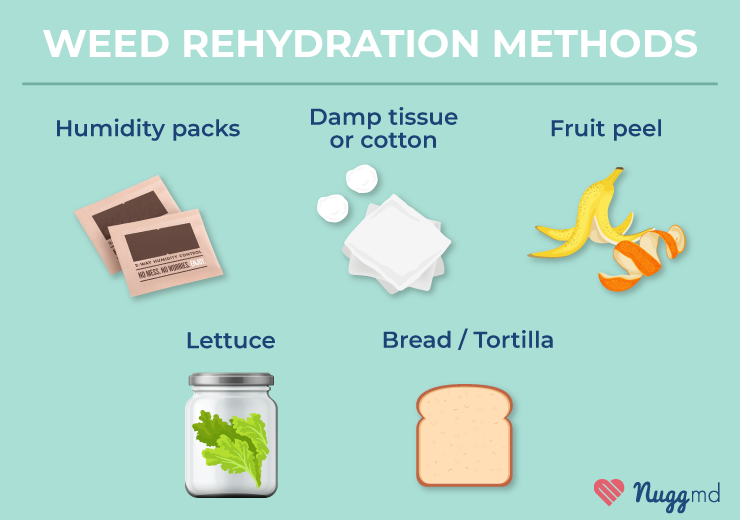
So you want to breathe new life into some old bud you found. Here are a few tips on safely rehydrating overly-dried weed.
Tip #1: Keep away from light and oxygen.
Exposure to light and oxygen increases the rate at which your cannabis flower dries out. When rehydrating your weed, be sure to place it in an airtight and UV-protected glass jar. This prevents further moisture loss and slows cannabinoid breakdown.
Once you’ve set up a proper storage environment, you can move on to the actual moisture-adding step.
Tip #2: Use a humidity pack.
Humidity packs from brands like Boveda help restore and maintain the optimal humidity level. They can also prevent flower from drying out in the first place.
You can store this with your cannabis flower long-term to retain the moisture content.
Tip #3: RAW Hydro Stones
RAW, best known for their rolling papers, also makes flat terracotta discs, usually used to keep brown sugar soft.
- Soak the disc in water, pat it dry, and place it in your jar.
- Remove as soon as buds reach your desired moisture level to prevent mold.
Hydro stones can work faster than humidity packs, so check your buds frequently.
Tip #4: Use a damp paper towel or cotton ball.
Place slightly damp cotton balls or a damp paper towel in the container with your flower.
Avoid letting them touch the buds.
Remove once the flower feels right — usually within a few hours, up to a day.
This method can be quick, but it requires a watchful eye to avoid overhydration.
Tip #5: The fruit peel method.
This popular method uses peels from citrus fruits like oranges or limes, but banana and apple peels work too. All you have to do is place your chosen fruit peel inside the container with your buds!
Even more than the other methods, it is important to keep a close eye on your flower when using this method. Only use fruit peels for a short period of time (typically a few hours and no more than a day) to prevent mold from forming.
Depending on the type of peel you use, this method may also leave your weed with a fruity taste. Remove the fruit peels, grab your lighter, and enjoy!
Tip #6: Add some fresh weed.
Having some bud with a good moisture content can help refresh overly-dried cannabis flowers. Just place the fresh nugs in with your dried-out stash and check back in a day or so.
This keeps the cannabis aroma intact compared to fruit peels and is one of the simplest ways to rehydrate without adding new flavors.
Tip #7: Put lettuce in your devil’s lettuce.
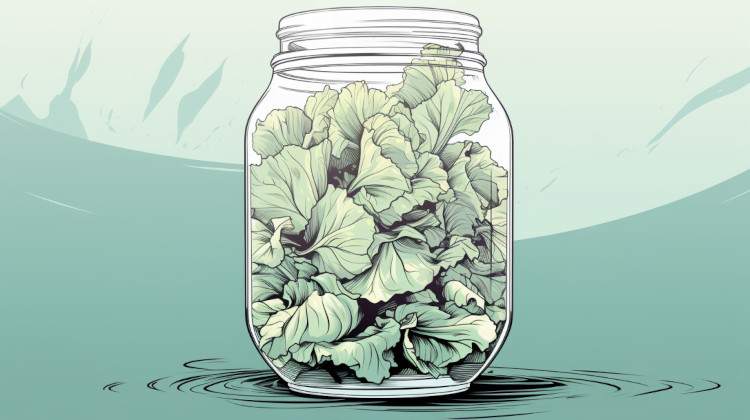
Lettuce contains up to 95% water, which makes it perfect for adding to your jar of dried-out weed.
Popping some iceberg lettuce into the same container as your dry flower will help rehydrate the weed without affecting the smell as much as the fruit peel method. When your flower reaches your desired moisture level, remove the lettuce.
Tip #8: The bread slice or tortilla method.
Like the fruit peel and lettuce methods, bread slices and tortillas can also contain some moisture that may help rehydrate your weed. Simply stick a piece of bread or tortilla inside your cannabis container and check on it in a few hours.
You can tell if moisture is transferring to the flower by feeling the slice of bread or tortilla for dryness. Remove the bread slice or tortilla from the container when the flower is rehydrated. Make sure to monitor this one closely!
Conclusion
Cannabis with the right moisture content delivers better flavor, aroma, and burn.
If your flower is too dry, the methods above can bring it back without risking mold or ruining its profile. And if you want to avoid having to rehydrate in the first place, store your cannabis correctly:
- Keep it in airtight, UV-protected glass jars.
- Maintain 55%-62% humidity.
- Store in a cool, dark location away from heat and light.
A little care in storage means your cannabis will stay fresh and enjoyable from the day you buy it to the day you light up.
The information in this article and any included images or charts are for educational purposes only. This information is neither a substitute for, nor does it replace, professional legal advice or medical advice, diagnosis, or treatment. If you have any concerns or questions about laws, regulations, or your health, you should always consult with an attorney, physician or other licensed professional.


